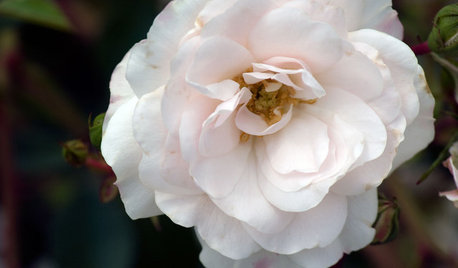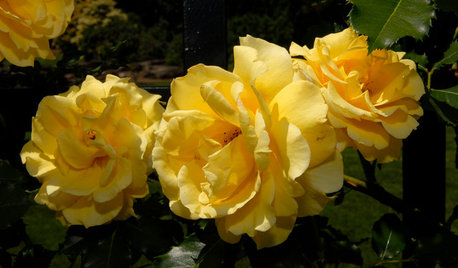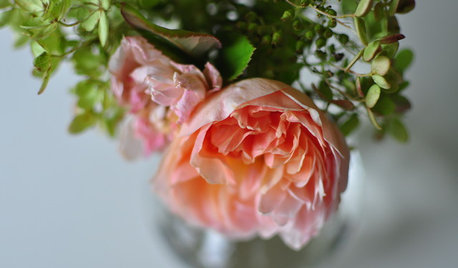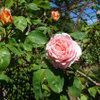Milk Spray on Roses
tonytony2
10 years ago
Featured Answer
Comments (28)
hoovb zone 9 sunset 23
10 years agoRelated Professionals
Kapaa Landscape Architects & Landscape Designers · Vernon Hills Landscape Architects & Landscape Designers · Hurricane Landscape Contractors · Marlborough Landscape Contractors · Oak Forest Landscape Contractors · Pompton Lakes Landscape Contractors · Webster Groves Landscape Contractors · West Chicago Landscape Contractors · Wickliffe Landscape Contractors · Crowley Landscape Contractors · Camp Springs Landscape Contractors · Rockwall Swimming Pool Builders · Beverly Hills Siding & Exteriors · Colorado Springs Siding & Exteriors · Ramona Siding & Exteriorsmeredith_e Z7b, Piedmont of NC, 1000' elevation
10 years agokittymoonbeam
10 years agotonytony2
10 years agomichaelg
10 years agorosefolly
10 years agokstrong
10 years agoerin1000
10 years agoKippy
10 years agoUser
10 years agotonytony2
10 years agotonytony2
10 years agotonytony2
10 years agodublinbay z6 (KS)
10 years agoUser
10 years agotonytony2
10 years agotonytony2
10 years agoUser
10 years agonickl
10 years agomichaelg
10 years agoKippy
10 years agomichaelg
10 years agomichaelg
10 years agotonytony2
10 years agomichaelg
10 years agotonytony2
10 years agosmithga31
8 years ago
Related Stories

MATERIALSInsulation Basics: What to Know About Spray Foam
Learn what exactly spray foam is, the pros and cons of using it and why you shouldn’t mess around with installation
Full Story
PAINTINGWhat to Know About Milk Paint and Chalk Paint — and How to Use Them
Learn the pros, cons, cost and more for these two easy-to-use paints that are great for giving furniture a vintage look
Full Story
GARDENING GUIDESGreat Design Plant: Knock Out Roses
As glorious as their high-maintenance kin for a fraction of the work, Knock Out roses make even beginners look like garden stars
Full Story
GARDENING GUIDES6 Wonderfully Easy Roses for Any Gardener
Look like an expert even if you're just starting out, with these low-maintenance gems of the rose world
Full Story
GARDENING GUIDESWhat Kind of Roses Should You Grow?
Want to add the beauty of roses to your garden? Find out which ones, from old-fashioned to modern, are right for you
Full Story
GARDENING GUIDESLearn the Secret to Bigger and Better Roses
Grow beautiful roses using both ordinary and unusual soil amendments
Full Story
WINTER GARDENINGPruning Secrets for Exquisite Roses
Encourage gorgeous blooms year after year with this time-tested advice on how to prune your rosebush in winter for health and shape
Full Story
GARDENING GUIDES5 Favorite White Roses for a Purely Beautiful Garden
How does your garden glow? With roses that look like light and smell divine
Full Story
GARDENING GUIDES5 Favorite Yellow Roses for a Joyful Garden
Make 'cheery' the name of your garden game when you order your roses sunny side up
Full Story
GARDENING GUIDESRoses: Crowning Touch of Gardens
Whether you're the Miss or Mister America of gardening or take a hands-off approach, roses can be a winning addition to your landscape
Full StorySponsored
Franklin County's Custom Kitchen & Bath Designs for Everyday Living
More Discussions








porkpal zone 9 Tx